Callaway Supersoft Vs Titleist Velocity Review & Comparison – What’s The Better Golf Ball?
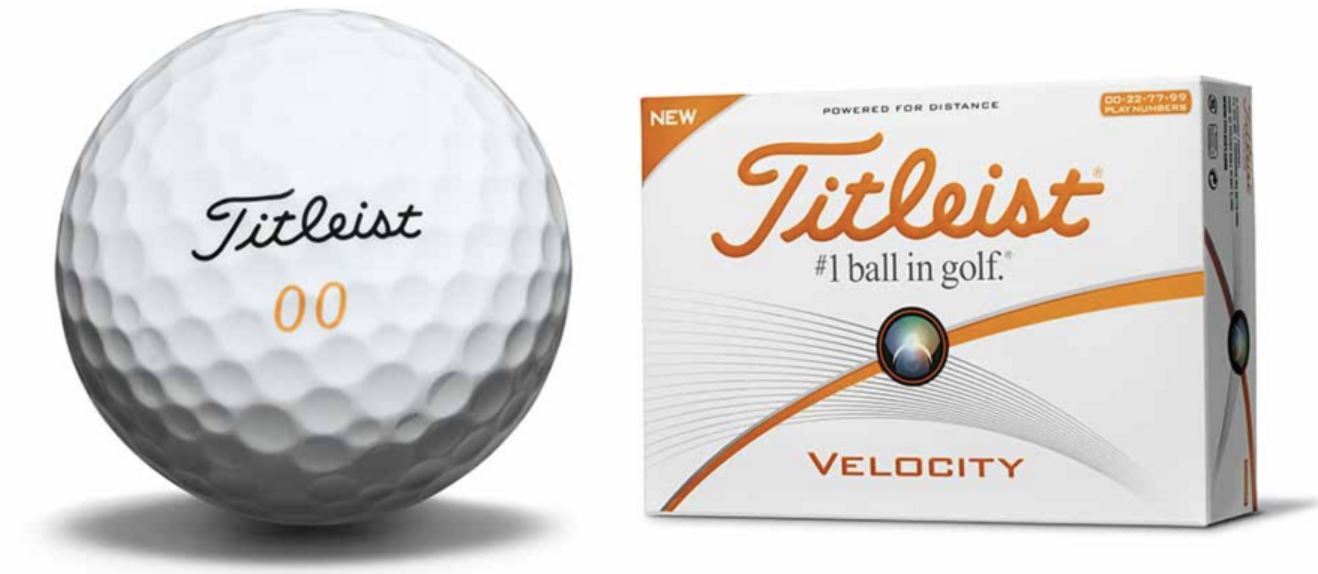
If you have been looking around on the course and at the driving range and have noticed that almost everyone has a favorite golf ball that they consistently use but you don’t, you’re not alone.
It may seem like everyone around you has everything all figured out in terms of gear but golf balls are one of the hardest pieces of gear to fit for. The reality is that many players struggle to find gold balls that suit their game even after a few years of playing.
That’s why we have been covering golf balls so extensively as of late. We know how difficult it can be to find a good ball that fits your game. But we admit that our purposes aren’t 100% altruistic. After all, it is a lot of fun testing out different balls in the name of science.
But in any case, our reviews are geared towards elevating your game and today’s review is no exception. Today we will be taking a look at a couple of distance golf balls.
Callaway Supersoft Balls
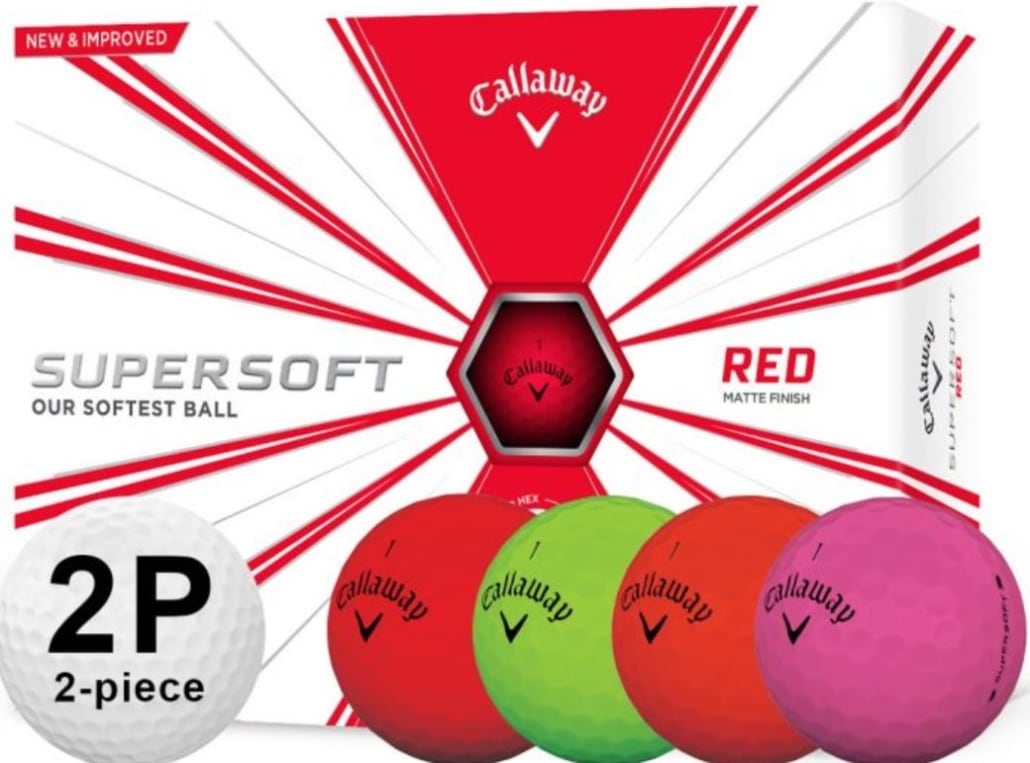
The Callaway Supersoft balls represent the pinnacle of soft golf ball performance in multiple categories. They are the softest balls that Callaway makes at a compression factor of 38.
And according to Callaway representatives the Supersofts actually have a zero compression factor when measured by the PGA compression scale. There’s no doubt that these balls are incredibly soft – you can feel it on every drive.
But Callaway has also seen fit to outfit their Supersofts with a soft ionomer cover and HEX aerodynamic dimples (332 to be exact). The cover makes a noticeable difference on putts and even short approach shots. And, as with many soft balls in this price range, the Supersofts feature 2-piece construction.
Titleist Velocity
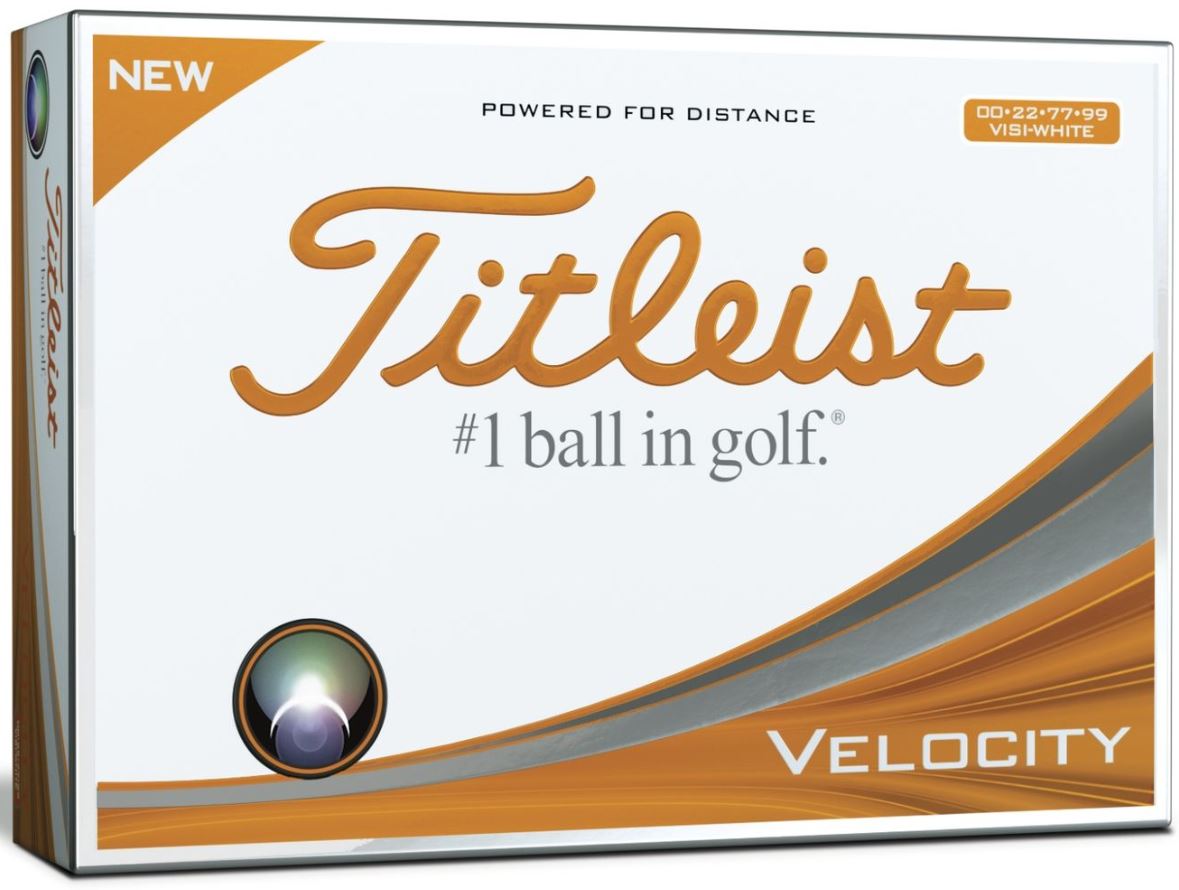
These balls aren’t as soft as soft as the Callaway’s. In fact, they have high compression cores. But, like the Callaway Supersoft balls the Titleist Velocity balls feature a 2-piece design. The Titleist Velocity sport the proprietary NaZ+ cover material that allows for pretty good feel and control around greens.
The LSX core of these balls is definitely softer than other Titleist balls we have used in the past, but we still wouldn’t consider these soft golf balls. But they are truly distance balls. We were able to get good range with them and they fly as straight as you would expect from a softer distance ball.
The 328 tetrahedral dimples on the Titleist Velocity balls are also pretty good for achieving the loft and height required for carry shots from the fairway.
Drive Performance
If you are a slower speed swinger, then the Callaway Super soft balls will definitely be more your speed. They are very forgiving and still yield really good distance for slower swing speeds. Plus, they fly exceptionally straight.
The Titleist Velocity balls were also very straight but weren’t as long as the Callaway balls. Off the tee, we have to say that the distances we were getting with these 2 balls were comparable. But it was with the shorter irons that we were seeing that the Titleist Velocity balls weren’t yielding as much distance.
Fairway and Approach Performance
This is where we really saw a divergence between these two balls. While the Titleist Velocity balls weren’t getting us as far as we would have hoped with our shorter irons, they had lower spin which made them a dream to control on approaches.
The Callaway Super softs got us the distance we wanted but the ball spin rate was too high and more often than not, they would roll too long and too far.
Putting Performance
We liked the harder feel of the Titleist Velocity balls once we were on the green. They were easier to control and work. Once again, the Callaway Supersoft balls had too much roll which you really had to be careful about with your putts.
Price Comparison
The prices for these 2 golf balls are almost identical. In either case, you are generally looking at about $23 for a set of either ball. Please keep in mind that these prices are for a dozen golf balls.
Callaway Supersoft Pros & Cons
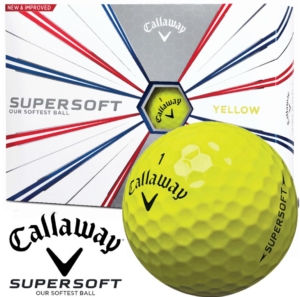
Pros:
- Gives easy distance
- Very forgiving off the club face
- They fly very straight
- They come in matte yellow or glossy white
- Great for beginners
- Consistent distances
Cons:
- They don’t have great feel on the green
- The thin cover scuffs easily
- Not very durable
Get The Best Price Here:
Titleist Velocity Pros & Cons
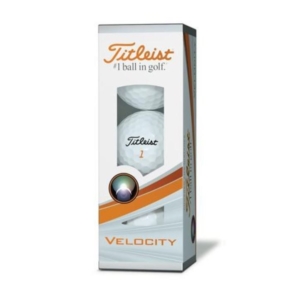
Pros:
- Better feel on and around the green
- Good distance off the tee
- Easy to control on the green’
- Good stopping power for approach shots
- Good feel for a distance ball
- Good durability
- Little to no change in play after multiple rounds
Cons:
- Distance drops off with shorter irons
- You get the “hard” ball feel with wedges
- You get some roll with longer irons
- Not very forgiving
Get The Best Price Here:
Which Balls are Better?
As a golfer, the value of self-awareness cannot be understated. You really have to know your tendencies on the course, your swing speed and play style. For instance, we mentioned in the previous section that the Titleist Velocity golf balls give some roll with longer iron shots.
While this was an annoyance to us because we all typically enjoy impactful stopping power in our balls, this may actually be a boon to some players who tend to underestimate shots. So the answer to the question “which is the better ball?” will really depend on your play style.
If you are just starting out, we recommend the Callaway Supersoft golf balls. They give great distance with minimal effort and fly very straight. But if you are looking to fine-tune the details of your game, we recommend the Titleist Velocity balls.
Overall, we think the Titleist Velocity balls are actually a better value because they give the range of a softer distance ball without having an unpleasant feel. Be aware of yourself and your play style, and test these balls out for yourself!
***WINNER***
Titleist Velocity

Get The Best Price Here:



